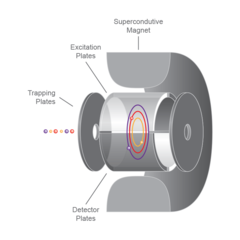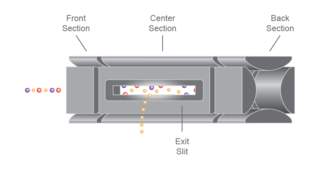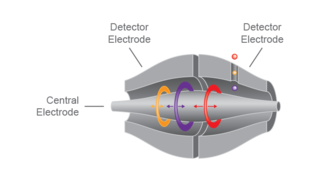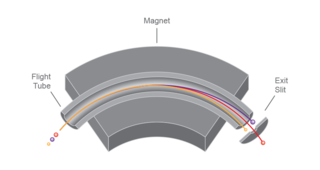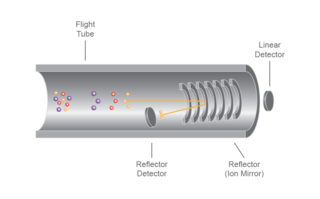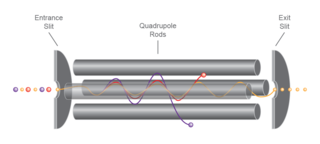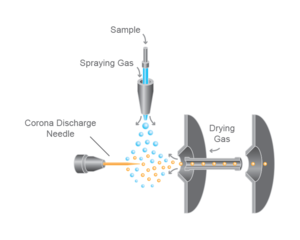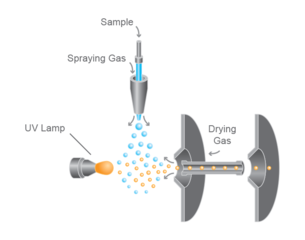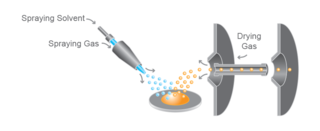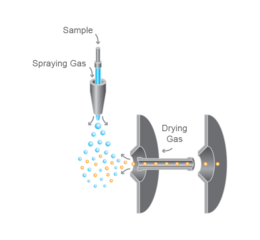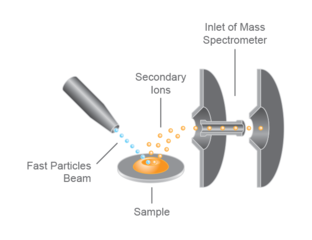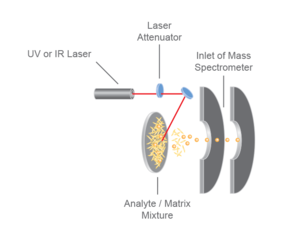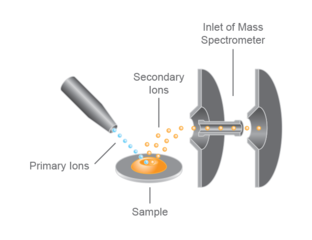Mass spectrometry
Study of matter through the formation of gas-phase ions that are characterized using mass spectrometers by their mass, charge, structure, and/or physico-chemical properties.
MASS Analyzers
Fourier Transform Ion Cyclotron Resonance
Mass spectrometer based on the principle of ion cyclotron resonance in which an ion in a magnetic field moves in a circular orbit at the cyclotron frequency that is characteristic of its m/z value. Ions are coherently excited to a larger radius orbit using a pulse of radio frequency electric field, and their image charge is detected on receiver plates as a time domain signal. Fourier transformation of the time domain signal results in a frequency domain signal that is converted to a mass spectrum based on the inverse relationship between cyclotron frequency and m/z.
Ion Trap
Device for spatially confining ions using electric and magnetic fields alone or in combination.
Linear Ion Trap
Two-dimensional Paul ion trap in which ions are confined in the axial dimension by means of a static electric potential.
Sector
Device that produces a magnetic field perpendicular to a charged particle beam that deflects the beam to an extent that is proportional to the ratio of particle momentum and charge.
Time of Flight
Mass spectrometer that separates ions by m/z in a field-free region after acceleration through a fixed accelerating potential. Ions of the same initial translational energy and different m/z require different times to traverse a given distance in the field-free region.
ION Sources
Atmospheric pressure chemical ionization
Atmospheric pressure chemical ionization (APCI) is chemical ionization of a sample that is a gas or nebulized liquid, using an atmospheric pressure corona discharge or beta emitter such as 63Ni.
Atmospheric pressure photoionization
Atmospheric pressure photoionization (APPI) is direct ionization of molecules at atmospheric pressure by electron detachment induced by photons forming M+•, or atmospheric pressure chemical ionization in which the reactant ions are generated by photoionization of suitable dopant species and subsequent ion/molecule reactions of their molecular ions.
Desorption electrospray ionization
Desorption electrospray ionization (DESI) is formation of gas-phase ions from a solid or liquid sample at atmospheric pressure through the inter- action of electrosprayed droplets with the sample surface.
Electrospray ionization
Electrospray ionization (ESI) is spray ionization process in which either cations or anions in solution are transferred to the gas phase via formation and desolvation at atmospheric pressure of a stream of highly charged droplets that result from applying a potential difference between the tip of the electrospray needle containing the solution and a counter electrode.
Fast atom bombardment ionization
Fast atom bombardment ionization (FAB) is ionization of molecules initiated by a beam of neutral atoms with translational energies in the keV range. Labile molecules susceptible to dissociation are dissolved in an involatile liquid matrix that absorbs the energy of the bombarding atoms to form a selvedge region above the liquid surface in which ionization of the molecules occurs.
Matrix-assisted laser desorption/ionization
Matrix-assisted laser desorption/ionization (MALDI) is formation of gas-phase ions from molecules present in a solid or liquid matrix that is irradiated with a laser. The matrix is a material that absorbs the laser energy and promotes ionization.
Reference: Pure Appl. Chem., Vol. 85, No. 7, pp. 1515–1609, 2013. http://dx.doi.org/10.1351/PAC-REC-06-04-06.
Pictures: © Martin Strohalm
